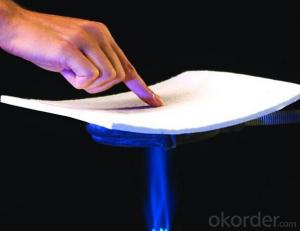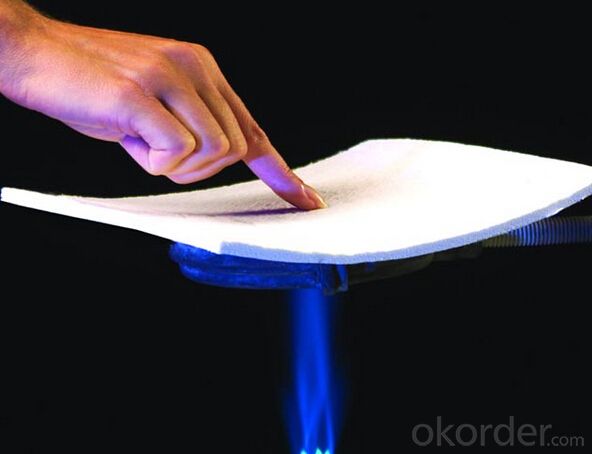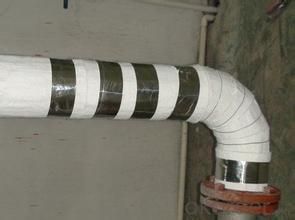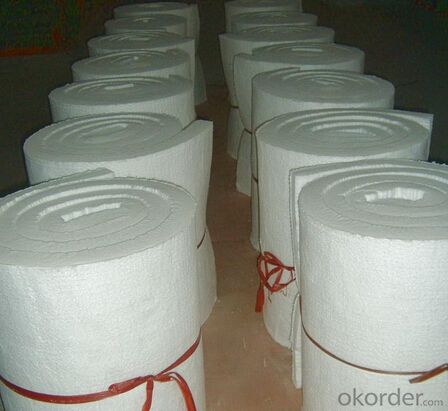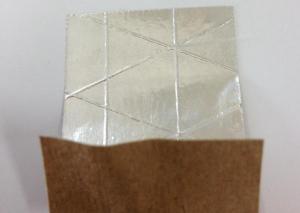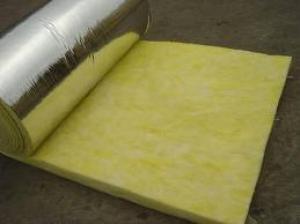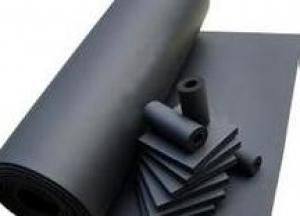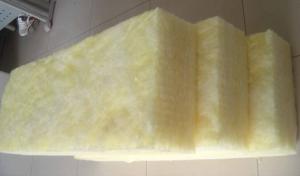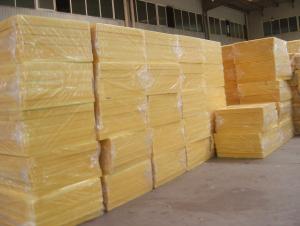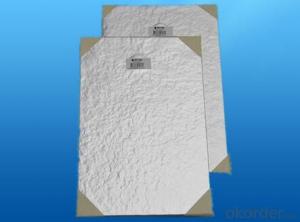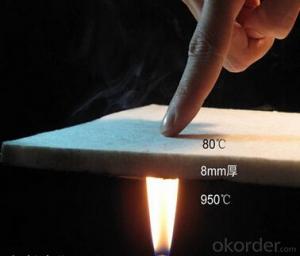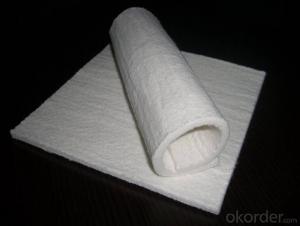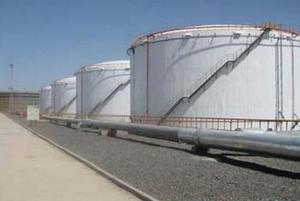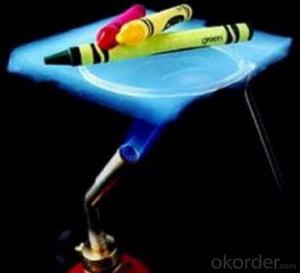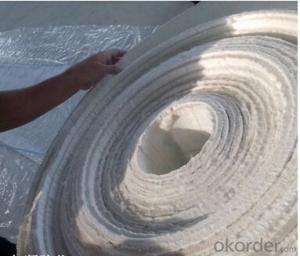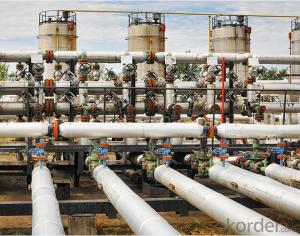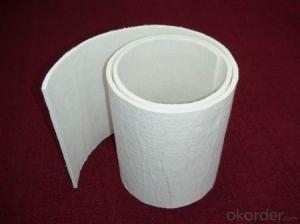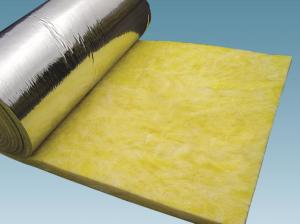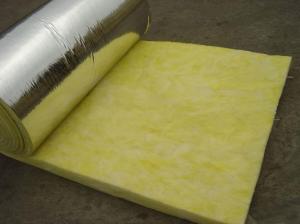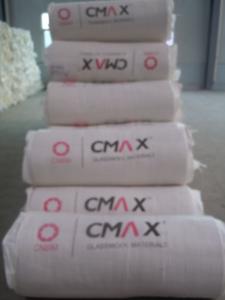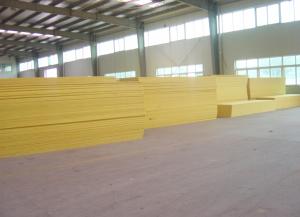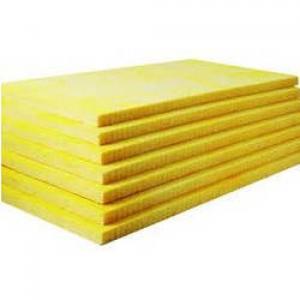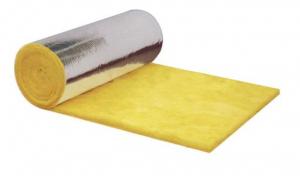Glass Wool Reinforced Refractory Thermal Performance Insulation Aerogel Felts
- Loading Port:
- Tianjin
- Payment Terms:
- TT OR LC
- Min Order Qty:
- 10000 m²
- Supply Capability:
- 10000000 m²/month
OKorder Service Pledge
OKorder Financial Service
You Might Also Like
1.Description
Aerogel Insulation Felts
Using special nanotechnology, It combines a silica aerogel with reinforcing fibers to deliver very low thermal conductivity, low density and good flexibility in an environmentally safe product. It provides excellent properties of waterproof, sound absorption and shock absorption. It is an alternative to the common, environment unfriendly, inferior insulation products, such as PU, asbestos insulation felt, silicate fibers, etc.
2.Specifications
1.Superior Thermal Performance
2.Long service life
3.Environmentally Safe
4.Sound resistance
3. Advantages
(1).Superior Thermal Performance
The maximum use temperature is 1000℃,Its thermal conductivity is 1/3~1/5 of common insulators, helping reduce heat loss and optimizing space utility.
(2). Long service life
Unlike other traditional insulation materials, aerogel ’s three- dimensional, structure inhibits sintering warpage, and particles stack which may occur under hot temperature for long time. Therefore, aerogel insulation has long service life.
(3). Physically Robust:
It has flexibility and high tensile strength, resisting stretching and stress from linear contraction when temperature changes.
(4). Environmentally Safe:
Composed of inorganic materials, it contains no hazard. Stripping little chloridionm will cause no corrosion to the equipments and pipes.
Sound resistance and Shock Absorption
sound resistance and shock absorption help better the environment quality.
(5). Easy to Install
Extremely low density (200kg/m3) contributes to easy-to-cut and easy-to-install.
4. Technical Standard
Property | Unit | Techicial Standard | |
(refractoriness) | ---- | A Grade | |
(Density) | kg/m3 | <220< span=""> | |
(Lyophobic) | % | >99 | |
Thermal Conductivity | 25℃ | W/(m·K) | ≤0.023 |
70℃ | ≤0.029 | ||
200℃ | ≤0.036 | ||
300℃ | ≤0.045 | ||
400℃ | ≤0.056 | ||
5. Application
Oil pipe, steam pipe, refrigerator interlining, oil tank, central airconditioning pipe, chemical pipe with the requirement of fire resistance, vehicle thermal insulation, national defence, military industry, heat supply pipelines in city insulation, biological medicine pipes and equipment and so on.
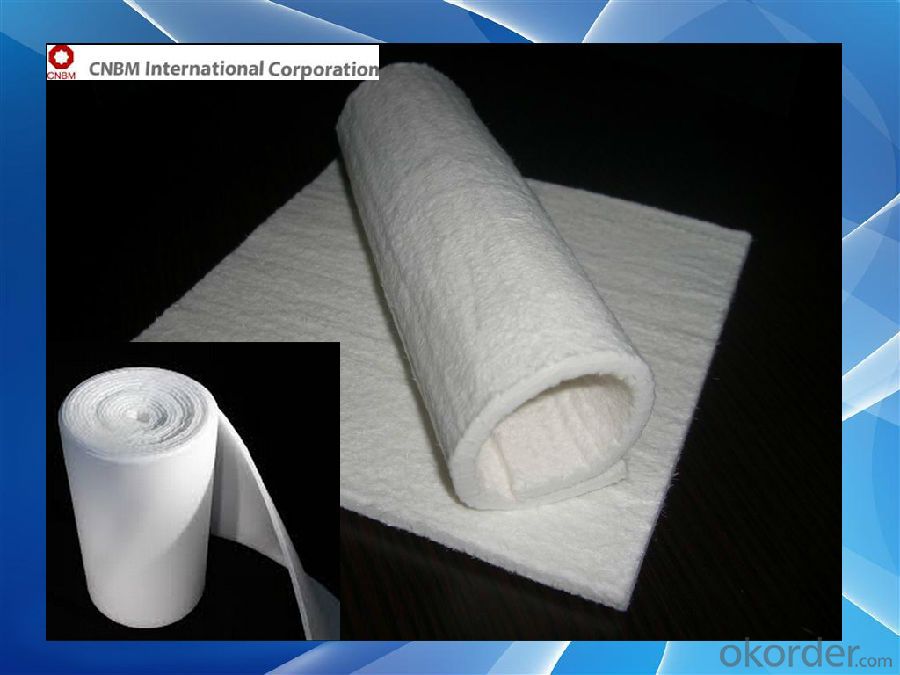
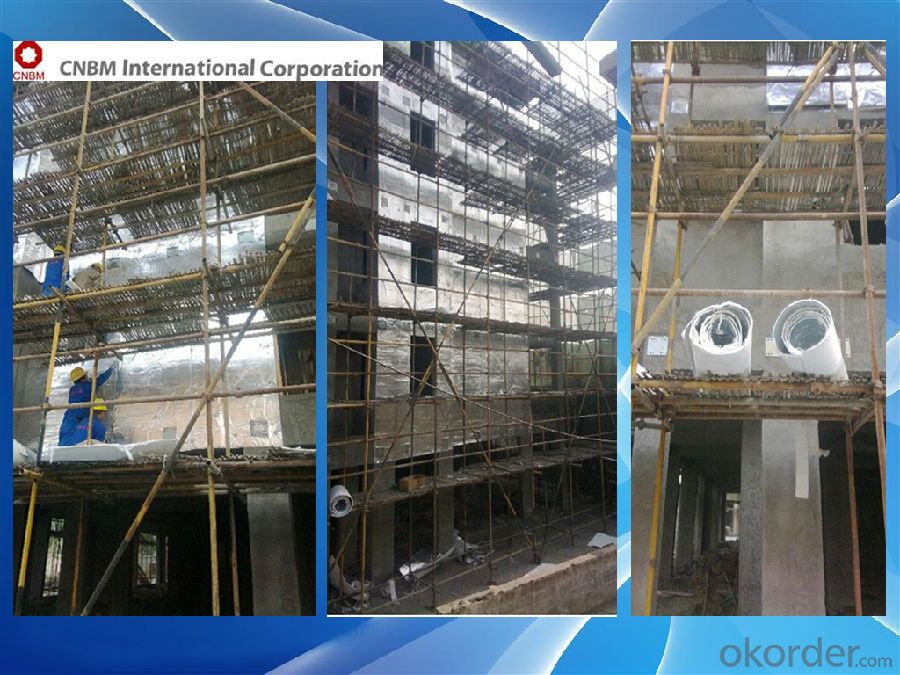
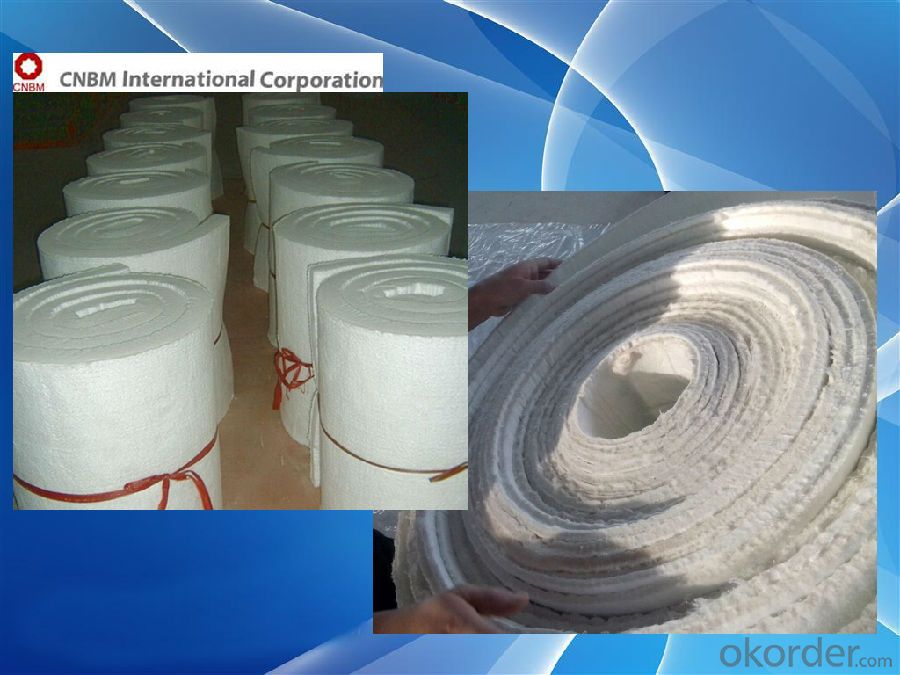
- Q: Can mineral wool, rock wool and glass wool thermal insulation be applied to inverted roofs?
- And wall insulation material can be applied to all kinds of roofing. Glass curtain wall Steel structures are basically solid material hanging while facade walls need adhesive and fixation and other processes.
- Q: What are the advantages of Rock wool and import glass wool respectively?
- Rock wool has a high burning point, and a good hydrophobic performance after adding hydrophobic agents. The diameter of import glass wool fiber is about 5 microns. The degradosome of which has no harm, besides veneering is relatively strong which can be 1.8 meters. And it provides additional support to heat bridge system.
- Q: How to conduct thermal insulation construction of external wall glass wool?
- I would like to give a brief introduction to the usage of glass wool as the thermal insulation for equipment. 1, Cleaning dust on the surface of equipment. 2, Using adhesive to glue the iron sheet of insulation nails (iron sheet of one square centimeter will be fed in the middle with a slightly harder iron wire of about 8 centimeters) on the surface of the device. Distribution density depends on the weight of glass wool. If insulated cotton is 1 m * 0.5 m, it merely needs to glue seven to eight insulation nails. When glue of iron sheet finished, the device is like a hedgehog. 3. Once insulation nails sticked firmly, it needs to affix to glass wool, fixing it with a piece of spare iron sheet with a hole in the middle of it (it is round and is a set with insulation nails), and then bend the redundant part of iron wire. Wish it will help you. Thank you!
- Q: What harm dose glass fiber cotton do to human body?
- We are glad to answer your questions.1 Glass wool damages human health 1 Lots of glass fibers float out during the construction or after the aluminium foil is damaged.The glass fibers may cause serious damage to air quality and human health. According to the lung biopsy for workers who contact glass fiber, there are dust-cell focus, mild hyperplasia of collagen, lung cancer and lung abscess in the lung tissue.People who contact glass fibers may suffer from conjunctivitis and keratitis which will develope into corneal opacity and local abscess when the situation worsens.When the fiber diameter and the length is similiar, the glass fiber can also produce similar toxicity and carcinogenicity with asbestos.2 it is not environmentally friendly and is forbidden to be used in the Olympic venues.In view of the environmental factors, Ministry of Construction and the Beijing Municipal Health Bureau released the relevant documents to regulate the use of glass wool.In line with environmental protection, International Olympic Committee prohibit the use of glass wool in Sydney Olympics and Beijing 2008 Olympic Games.3 it dose not save energy.The aluminum foil covering the glass wool breaks easily. Besides, glass wool has an open cell structure. once it is damaged, water vapor will enter and the wet resistance factor is 0, which means that the insulation effect is reduced, energy is wasted and operating costs increases.
- Q: To reach better sound absorption effect, which should be filled in the keel, glass wool felt / board or polyester fiber cotton felt / board ?
- Glass wool board Glass wool board is mainly used for sound insulation. Glass wool felt is mainly used for thermal insulation, and polyester fiber cotton felt is mainly for thermal insulation and sound absorption.
- Q: What is the difference between anti-high temperature glass wool and ordinary glass wool?
- Difference: High-temperature glass wool is made up of glass fibers and special high-temperature adhesive. It is yellowish with curing agent as the high temperature adhesive and with a small quantity of glue. While ordinary glass wool is dark yellow with ordinary resin adhesive as the binder.
- Q: Which kind of thermal insulation glass wool is the best?
- Glass wool thermal insulation material belongs to A-level fireproof material, while incombustible?material glass wool is categorized into glass fiber, which is a manmade inorganic fiber. Glass wool is a material which fibering melting glass to form cottony shape. Its chemical composition belongs to the classification of glass, being an inorganic fiber. So, it is good shaped with small volume density, low thermal conductivity, good thermal insulation and sound absorption properties, great corrosion resistance as well as stable chemical performance.
- Q: Rubber and plastic or glass wool, which one more suitable for suspended ceiling thermal insulation materials?
- The rubber and plastic is better.
- Q: What is the density of glass wool?
- Glass wool, a man-made inorganic fiber, belongs to a kind of glass fiber. It is a spongiform material made through fibration of melten glass. It is an inorganic fiber whose chemical components belong to glass, having good formability, low bulk density, low thermal conductivity, good thermal insulation and sound absorption, corrosion resistance and chemical stability. For centrifugal glass wool whose thickness exceed 5 cm and unit weight is 16Kg / m3, the sound absorption coefficient of low frequency125Hz is about 0.2, and that of middle and high frequency is close to 1. When the thickness continues to increase from 5cm, the low-frequency sound absorption coefficient also increase gradually. When the thickness is greater than 1m or more, 125Hz low frequency sound absorption coefficient will also be close to 1. Thicknesses of acoustic glass wools often used in architectural acoustics are 2.5cm, 5cm, 10cm, and unit weights are16,24,32,48,80,96,112kg / m3. centrifugal glass wool whose thickness is 5 cm and unit weight is 12-48kg / m3 is usually used.
Send your message to us
Glass Wool Reinforced Refractory Thermal Performance Insulation Aerogel Felts
- Loading Port:
- Tianjin
- Payment Terms:
- TT OR LC
- Min Order Qty:
- 10000 m²
- Supply Capability:
- 10000000 m²/month
OKorder Service Pledge
OKorder Financial Service
Similar products
Hot products
Hot Searches
Related keywords
